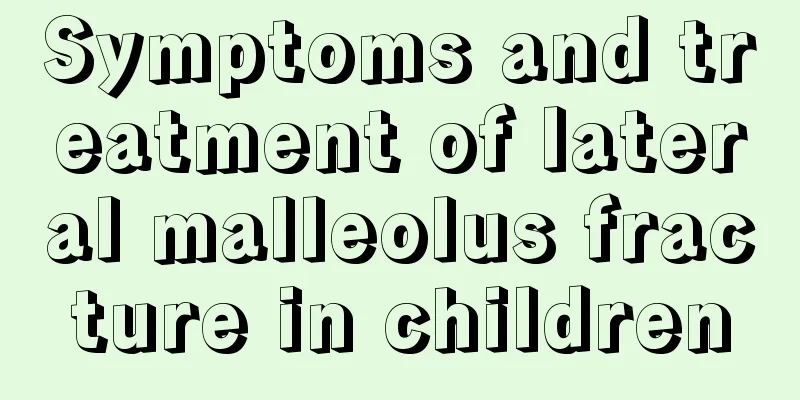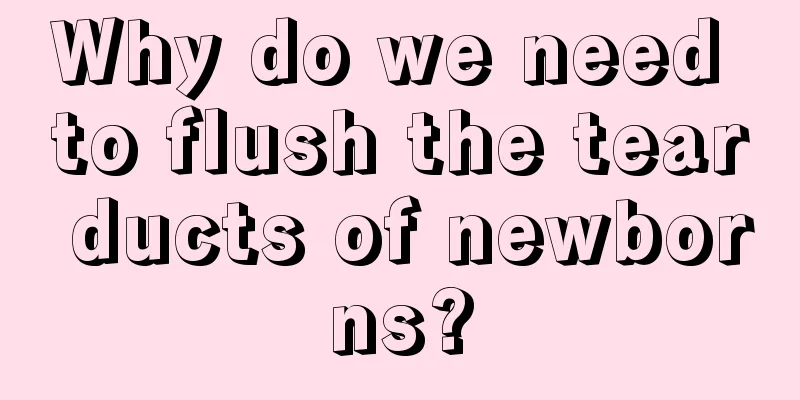What should I do if children accidentally ingest desiccant?

|
In life, for children, puffed food is incomparable to anything else. Although eating puffed food frequently is harmful to the body, children just can't control their appetite. All puffed foods contain a bag of special stuff, which is desiccant. If children eat quickly, they may accidentally ingest the desiccant. So, what should we do if children accidentally ingest desiccant? First of all, we need to distinguish the type of desiccant. There are two common types of desiccant, which can be judged by the form of the ingredients: one is quicklime desiccant, which is a white block and turns into powder after being damp; the other is silica gel desiccant, which is a colorless and transparent ball, some of which are colorful and look like delicious candy. Situation 1: Accidental ingestion of quicklime desiccant Drink water or milk immediately, but control the amount you drink. Take 10 ml per kilogram of body weight. The total amount should not exceed 200 ml, because overdose may cause vomiting. Then he was sent to the hospital for treatment. Situation 2: Ingestion of silica gel desiccant If you accidentally ingest this desiccant, don't worry too much because it cannot be absorbed in the gastrointestinal tract and can be excreted from the body through feces. It is non-toxic to the human body. No special treatment is required after accidental ingestion. Unless you experience special reactions such as dizziness or vomiting, you generally do not need to seek medical attention. Desiccants in food are generally alkaline chemicals. Mainly lime and silica gel. If this desiccant is accidentally ingested, the calcium oxide will release heat when it turns into calcium hydroxide in water, which may burn the mouth or esophagus. At the same time, calcium hydroxide is alkaline and corrosive to the oropharynx and esophagus. If it splashes into the eyes, it will cause damage to the conjunctiva and cornea. If someone accidentally ingests this desiccant, do not induce vomiting. Instead, take milk or water immediately. Generally, adults take 120 to 240 ml, and children generally take 10 ml per kilogram of body weight, but the total amount should be less than 200 ml, as drinking too much water can induce vomiting. At the same time, be careful not to use any acidic substances for neutralization, because the heat released by the neutralization reaction can aggravate the damage. If desiccant splashes into your eyes, rinse them from the nose to the ear with clean water or saline as soon as possible for at least 15 minutes, and then go to the hospital. If the skin is contaminated, rinse it with plenty of water. In severe cases, treat it as a chemical burn. Silica gel is another commonly used desiccant that comes in translucent granular form. Because this substance has a porous structure and a large adsorption area, it can adsorb a variety of substances. The color in the silica gel is due to the addition of cobaltous chloride, which is used to indicate efficacy. Cobaltous chloride is blue when anhydrous and turns pink after absorbing water. Because silica gel used as a desiccant has beautiful color and shape, children often eat it by mistake or mistake it for a condiment. Silica gel cannot be absorbed in the gastrointestinal tract and can be excreted from the body through feces. It is non-toxic to the human body. Therefore, no special treatment is required after accidentally ingesting this desiccant. Brown ferric oxide can also be used as a desiccant. It is only slightly irritating and can be diluted by drinking water if ingested. Unless the patient deliberately takes large amounts and develops symptoms such as nausea, vomiting, abdominal pain, and diarrhea, the possibility of iron poisoning must be considered and medical attention must be sought immediately. Calcium chloride is also often used as a desiccant. In anhydrous state, it is white crystals, mostly in the form of granules, blocks or flakes. It has strong water absorption properties and becomes liquid after absorbing water. It is not used as a food desiccant, but is mostly used for dehumidification of larger spaces. Post-exposure treatment is similar to that of calcium oxide. |
<<: What should I do if my child accidentally ingests antihypertensive drugs?
>>: What should I do if my baby accidentally ingests toilet water?
Recommend
Why is it that the boy's urine is foamy?
Normal urine usually does not contain anything, b...
How long after birth can a baby swim?
Nowadays, technology is becoming more and more ad...
Analysis of normal progesterone value in IVF
What is the normal value of progesterone in IVF? ...
What to do if your child has dry skin? These methods are simple but effective!
Under normal circumstances, the baby's skin s...
Tips for cleaning earwax for two-year-old babies
A two-year-old baby can already walk, and at this...
Why does my child have a stuffy nose when he wakes up in the morning?
Nasal congestion is a condition that we often enc...
Why does my baby drool so much?
Drooling is a very common phenomenon for children...
The cause of vitiligo in children is related to genetics
Vitiligo in children is a disease that occurs at ...
What should I do if a 12-day-old baby has a fever?
When a baby is just born, it has been separated f...
Children sleep less
Children sleep for a relatively short time, so pa...
Is mycoplasma infection contagious in children? It turns out this is the case
As we all know, mycoplasma infection in children ...
What are the symptoms of childhood obesity?
Childhood obesity refers to a body weight that ex...
Can I have a blood test if my baby has diarrhea?
When babies have diarrhea, they generally do not ...
What is the treatment for baby's cleft lip?
The cleft lips of babies make many of our parents...
How much calcium do children need every day?
Children's physical development is very fast,...









